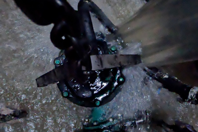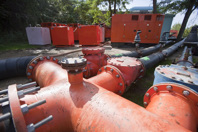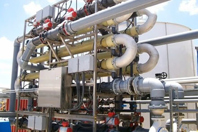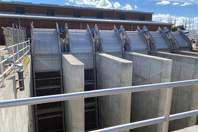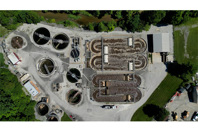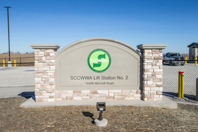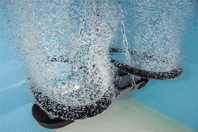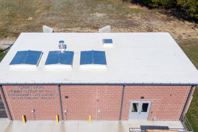PUMP STATION MONITORING RESOURCES
-
A submersible solids handling pump featuring a semi-open impeller and self-cleaning cutter plate solved a severe clogging issue. Operating without a single clog for over six months, the technology delivered "100% uptime" and freed up staff for other vital maintenance.
-
As technology improves and becomes more accessible, outdated municipal wastewater systems are fast beginning to show their age. Today, water pumps come in a variety of designs that enable uses that previous generations could only have dreamed of.
-
Challenges associated with deploying smart water technologies include "Where do I begin?" and "Who do I use?". These questions can often be barriers to small and mid-sized utilities that have limited resources available to them and are already burdened with competing daily priorities.
-
Explore the V2 Series Grinder campaign, and its advanced features, improved efficiency, durability, and innovation in grinding technology for enhanced industrial and commercial applications.
-
In response to Hurricane Harvey, the Fort Bend, TX Levee District No. 2 embarked on a major upgrade project to increase the flow and capacity of one of its pump stations by 400%. The goal of the project was to protect the area around the district from 100- year floods in the future.
-
The County Home Lift Station in Danville, Indiana, plays a crucial role in managing wastewater for a diverse area that includes a regional hospital, a county jail, a landfill, and numerous businesses and residences.
-
A major infrastructure piece in the nation’s heartland completed last year is expected to dramatically transform the region with new commercial and residential development, adding millions of dollars of revenue to county and city coffers.
-
Figuratively and literally, Seattle Public Utilities transformed a pump station that served a city neighborhood for more than 60 years.
-
Historically, lift station operators have turned to chemical treatments as the primary means of managing grease buildup. However, these methods carry inherent drawbacks.
-
Two Indiana communities nestled along the Ohio River hope a new $6 million pump station will alleviate the region’s flooding woes. Relief was certainly long overdue.

